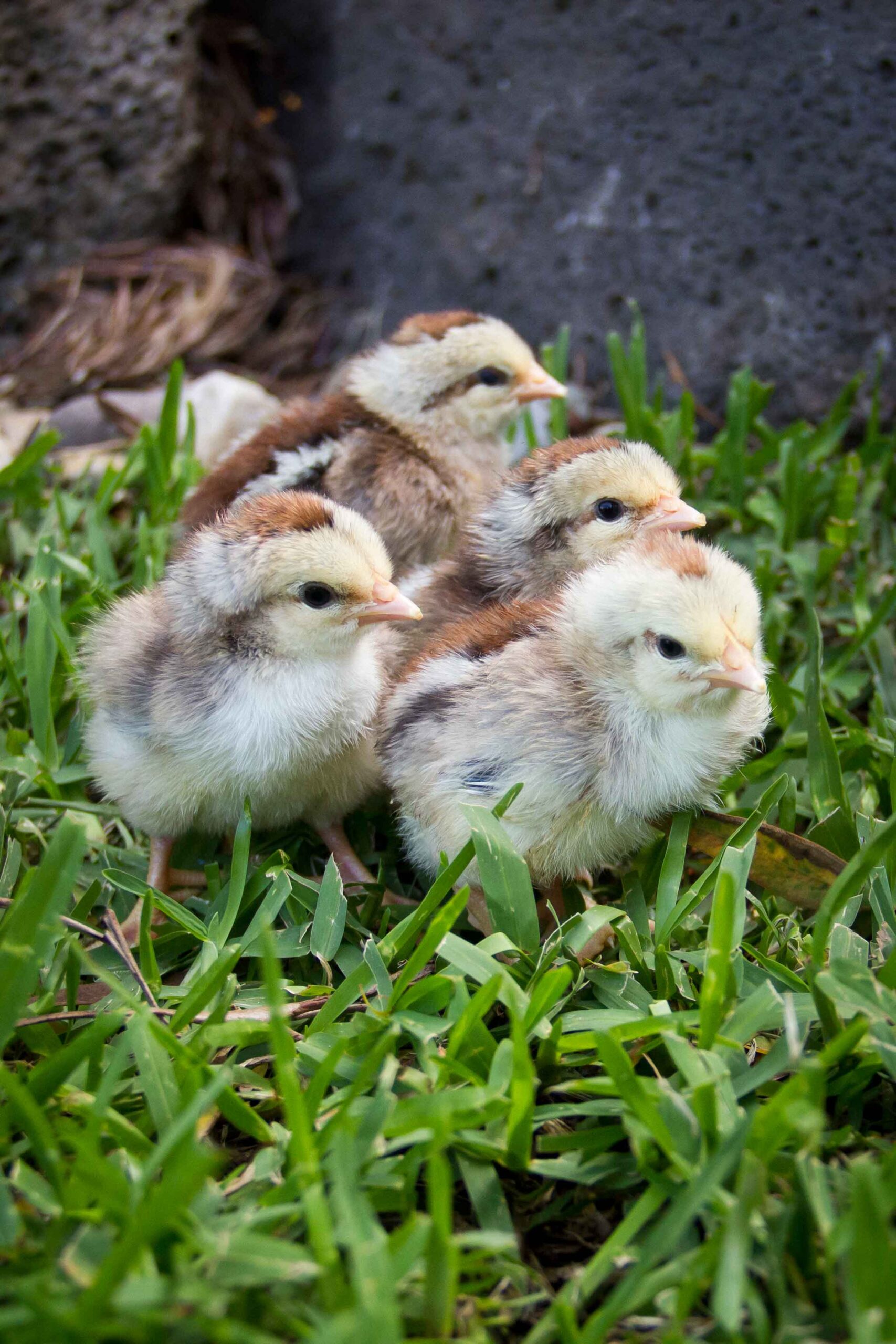Raising rare poultry
2019-05-29T04:09:35+10:00
Rare poultry breeds are well worth your time, writes Jessamy Miller.
Want to be a backyard hero? Consider helping to preserve and promote a rare poultry breed. These fowls are full of personality and often have an illustrious history and a spectacular appearance. No average chook, they require an investment of time and knowledge, but are highly rewarding to keep.
Rare breeds retain valuable traits such as structural soundness, disease resistance, longevity, heat tolerance, early season egg lay and old-fashioned flavour. Some are uniquely adapted to Australian conditions and found nowhere else in the world. A small number of poultry breeders are dedicated to maintaining these breeds for future generations.
What is a rare breed?
The terms heritage breeds, rare breeds and rare varieties are often used interchangeably but although they may overlap, they do differ. Heritage breeds are the traditional livestock kept by farmers in the past, before the drastic reduction of breeds caused by the rise of industrial agriculture. Some are now rare, such as the Dorking, while others such as Leghorns and Anconas remain numerous. Rare breeds are those with only a few remaining bloodlines in Australia, and whose lack of genetic diversity places them at risk. Especially valuable are those with a long history here; they not only have a unique genetic blueprint but their characteristics have been shaped by our environment and management. Such breeds include Campines, Spanish and Malay Game. A variety is a subgroup within a breed based on feather type, colour, comb type, etc. A breed may be numerous in some colours, but not others. If a rare breed is lost, it is gone for good, but if a variety dies out, there is still the founding breed to return to. Rare varieties include Speckled Sussex, Silver Pencilled Wyandottes and Rhode Island Whites.
Where to find birds
The first points of contact are the Rare Breeds Trust of Australia and Rare Poultry Breeders’ Association, and do visit the rare poultry breed shows held throughout Australia and be amazed at the extraordinary fowls. Specific breed clubs or your local poultry club may also have useful contacts. Consult breed descriptions so you can tell if you are getting backyard or exhibition quality, and expect to pay a premium.
Top tips
Keep valuable fowls happy and healthy with a top-quality diet, plenty of green feed, and spacious housing and yards. Vaccination and good biosecurity measures are recommended to keep birds disease free. Weather protection is vital and it would be truly tragic to lose a unique flock to predators so make sure your Cluckingham Palace has high security.
Management
Grow to love your chosen breed’s idiosyncrasies so you
can manage them proactively, for example, Araucanas lay beautiful blue-shelled eggs, but their terrific foraging ability means they are sneaky escape artists. Naked Necks have excellent heat tolerance, but suffer hatching difficulties. Campines are sprightly and attractive, but known for feather pecking, so need a balanced ration with the correct percentage of protein, while Faverolles reputedly have succulent breast meat, but are not savvy and inclined to mishaps.
Know the challenges, be persistent and take a long-term view – being part of the history and conservation of these fabulous fowls is not only rewarding in itself, but a legacy for future generations.
Resources
- The Australian Poultry Standards Edition 2: vpfa.com.au
- Rare Breeds Trust: rarebreedstrust.com.au
- Rare Poultry Breeders’ Association: rarepoultrybreedersassociation.com






